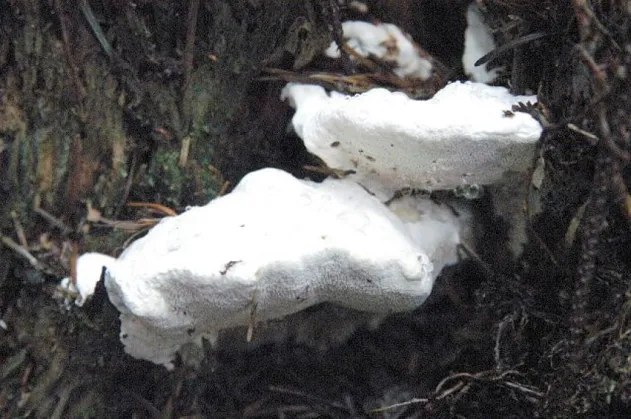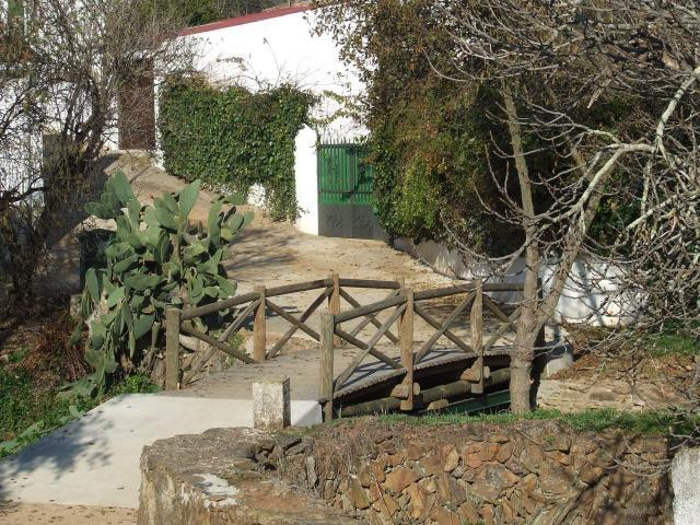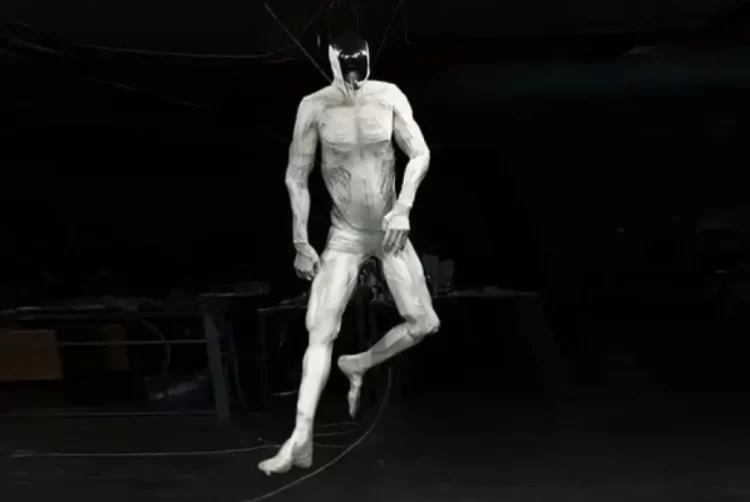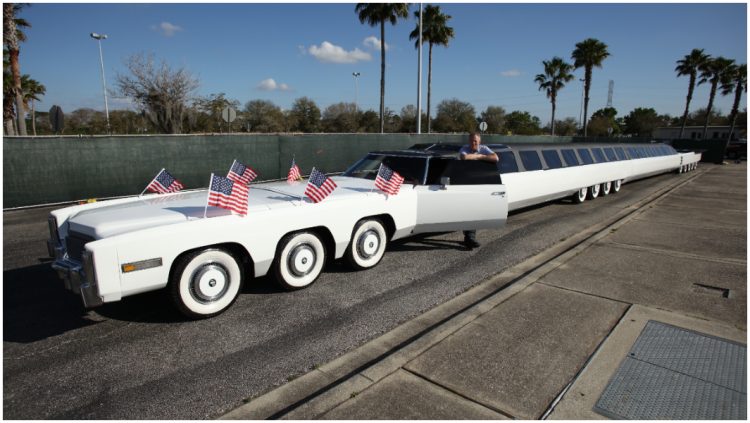The World’s Longest Traffic Jam Lasted 12 Days, Stretched for 100 Km

In 2010, thousands of cars came to a standstill along the China National Highway 110, creating the now-famous China National Highway 110 traffic jam, which lasted 12 days and stretched over 100 kilometers. Identifying the longest traffic jam in history is tricky because it depends on the factors considered. For example, according to Guinness World […]
Canada’s Incredible Shrinking Mill Optical Illusion

The Shrinking Mill of Port Colborne, in Ontario, Canada, is an intriguing optical illusion that makes a giant grain elevator shrink the closer you get to it. Usually, things tend to appear smaller in the distance and grow in size the closer you get to them, but that rule does not apply to the grain […]
Kaffeost, Sweden’s Unique Cheese-Infused Coffee

There’s nothing strange about adding a bit of milk or cream to a cup of coffee, but in northern Sweden, they prefer a different kind of dairy with their coffee – cheese. Kaffeost is a combination of hot coffee and a particular type of cheese called leipäjuusto, which loosely translates to “bread cheese”. But there’s […]
Chinese City Moves Entire Historic Neighborhood Using Hundreds of Hydraulic Legs

Shanghai authorities recently moved a traditional shikumen-style building complex at a pace of 10 meters per day with the help of an army of 432 hydraulic-powered robots. The Huayanli complex, located within Zhangyuan in Shanghai’s Jing’an district, has been touted as China’s largest relocation project of its kind, both in terms of size and complexity. […]
You Need a Permit to Wear High Heels in This California City

The small city of Carmel-by-the-Sea is famous for requiring visitors to get an official permit in order to legally walk in heels higher than two inches. Carmel-by-the-Sea’s infamous high-heel permit sounds like an urban myth, but it’s a real, official requirement in the Monterey city. If your heels are over two inches in height and […]
This Mushroom Contains the Most Bitter Compound Ever Discovered

Amaropostia stiptica, a.k.a. the bitter bracket fungus, isn’t toxic, but it tastes like it could kill you! Scientists have discovered that it contains a substance so bitter that even the tiniest amount triggers your bitter taste receptors. As its name suggests, the bitter bracket is a bitter, inedible fungus, but the research team from the Leibniz […]
Solo Garlic – The Single-Clove Garlic You’ve Probably Never Heard Of

Garlic is probably the world’s most popular seasoning, but most of us hate pealing it about as much as we love to eat it. Having to go through over a dozen clovers per garlic bulb is just not fun, but what if I told you there was such a thing as single-clover garlic? If you […]
World’s Smallest International Bridge Is Only 19 Feet Long

El Marco, a small rustic bridge connecting the Spanish village of El Marco to the Portuguese village of Varzea Grande, is the world’s smallest international bridge. Crossing the 19ft (6 meters) long and 4.7ft (1.45 meters) wide El Marco wooden bridge, you’d think you were just crossing a small stream in a rural area of […]
Norwegian Company Unveils World’s First AI-Powered Humanoid Robot Butler

Norwegian robotics company 1X recently announced the NEO Gamma, an AI-powered bipedal humanoid robot that can perform multiple household chores, such as carrying laundry, cleaning windows, and vacuuming. We’ve seen some important breakthroughs in robotics over the last few months, including STAR1, the world’s fastest bipedal robot, or SE01, a bipedal robot famous for its […]
Monster of the Seas – World’s Largest Vehicle Carrier Can Hold Over 9,000 Cars

With a holding capacity of up to 9,100 vehicles (conventional or electric), the Höegh Aurora holds the title of “world’s largest vehicle carrier”. Operated by Norway’s Höegh Autoliners, the Aurora was built by China Merchants Heavy Industry (CMHI) in Jiangsu, China, and made its maiden voyage last year. Measuring about 37.5 meters wide and 199.9 […]
Doctor Loses 55 Pounds in 42 Days, Wins Bodybuilding Contest

A young Chinese doctor has gone viral for his rapid weight loss, shedding 25 kilograms (55 pounds) in just 42 days and then entering and winning a professional bodybuilding contest. At the end of 2024, Wu Tian Gen, a 31-year-old surgeon at Hubei’s Zhongnan Hospital of Wuhan University, weighed 97.5 kg (215 lbs), the heaviest […]
Synthetic Human Features 1,000 Artificial Muscles, Sweat-Like Cooling System

Developed by the American-Polish company Clone Robotics, Protoclone is a unique humanoid robot that features a skeleton based on 206 human bones, 1,000 artificial muscles, and a water-based cooling system. Clone Robotics first attracted attention online back in 2021, when it released a series of videos showcasing its artificial muscle system based on the McKibben […]
Black Panther – Chinese Researchers Build World’s Fastest Quadruped Robot

Scientists at China’s Zhejiang University recently announced that their Black Panther robot has achieved a constant speed of 10 meters per second, a world record for quadruped robots. Black Panther has been in development at Zhejiang University’s Hangzhou International Science and Technology Innovation Center since 2018, but over the first six years, scientists struggled to […]
The World’s Longest Car Has 26 Wheels and Can Fit Up to 75 Passengers

Built from six 1976 Cadillac El Dorado limousines, The American Dream is over 30 meters long and has enough interior space to fit up to 75 people. It’s not the easiest vehicle to maneuver, though. Originally built in 1986 by renowned car collector and customizer, Jay Ohrbeg, The American Dream measured “only” 18.28 meters (60 […]
Montenapoleone – The New World’s Most Expensive Street

For the longest time, New York’s Upper Fifth Avenue held the title of ‘the most expensive street in the world’ but it was recently dethroned by Montenapoleone, an upscale shopping street in Milan, Italy. Every year, American firm Cushman & Wakefield publishes a global index that ranks the world’s most expensive shopping areas by the […]
